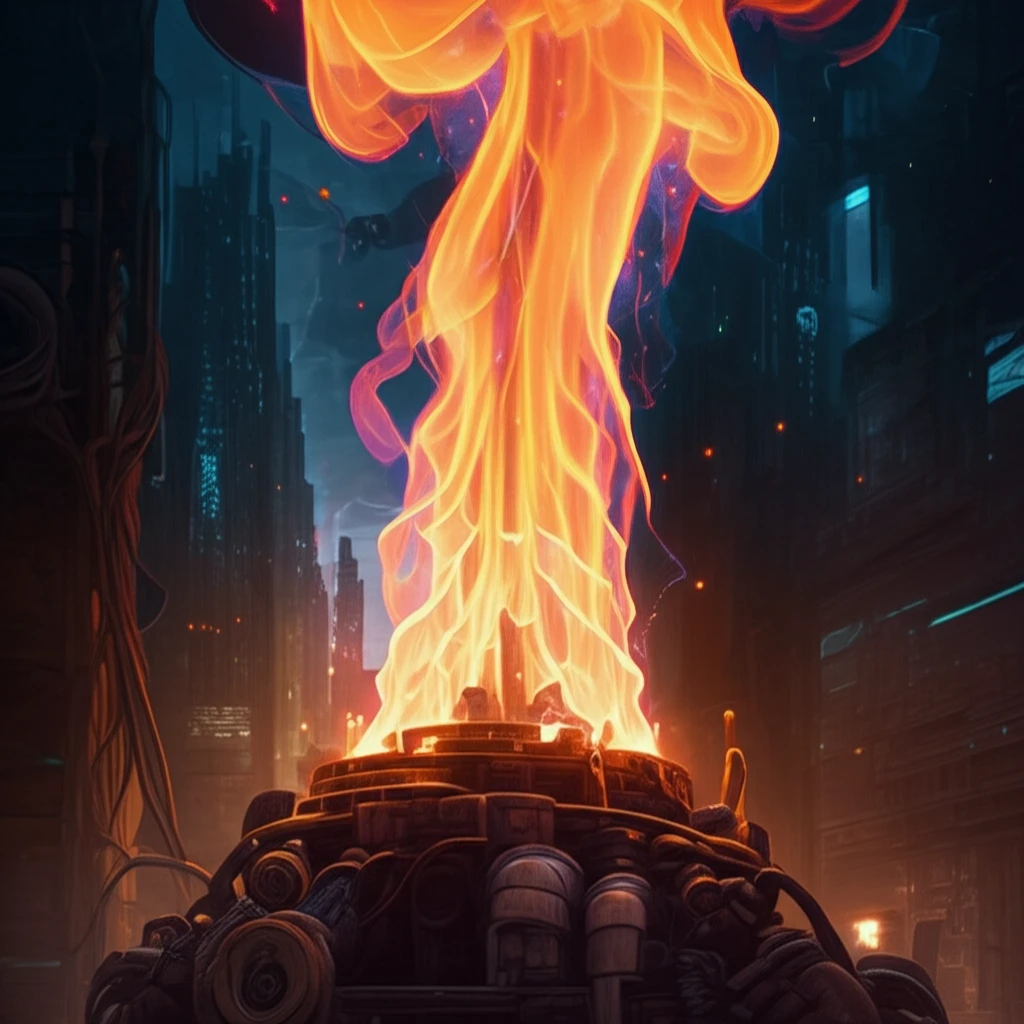
Unlocking Cleaner Combustion: How Innovative Flame Tech Can Revolutionize Energy
"Explore the groundbreaking research using Large Eddy Simulation to stabilize flames in high-temperature environments for cleaner, more efficient energy solutions."
In our relentless pursuit of sustainable energy solutions, every detail counts. Combustion, a fundamental process in energy production, is under intense scrutiny for its environmental impact. Traditional combustion methods often lead to the release of harmful pollutants, driving the need for cleaner and more efficient technologies. Researchers are continuously seeking innovative ways to optimize this process, aiming to minimize emissions and maximize energy output.
One promising avenue lies in the precise control and manipulation of flames in high-temperature environments. The challenges are significant, given the complex interplay of chemical reactions and fluid dynamics at play. However, advanced simulation techniques are now providing unprecedented insights into flame behavior, paving the way for groundbreaking advancements.
This article explores the fascinating world of combustion technology, focusing on how Large Eddy Simulation (LES) and analytically reduced chemistry are being used to unlock cleaner and more efficient energy production. We’ll delve into the specifics of how these methods work and what they reveal about stabilizing flames in extreme conditions.
The Science of Clean Combustion: Simulating Flames in Extreme Conditions

At the heart of this research is a technique called Large Eddy Simulation (LES), a computational method used to simulate turbulent flows. Unlike simpler models, LES captures the large-scale motions within a flame while approximating the smaller scales, offering a balance between accuracy and computational cost. When combined with analytically reduced chemistry (ARC), LES becomes a powerful tool for understanding complex combustion processes.
- LES: Captures large-scale flame motions for accurate simulations.
- ARC: Simplifies chemical reactions, reducing computational costs.
- DTF Model: Thickens flame fronts for better resolution without excessive computing power.
- RJICF: Reactive Jet in Crossflow.
The Future of Combustion: Cleaner, More Efficient Energy for All
The insights gained from this research have far-reaching implications for the future of energy production. By understanding the dynamics of flames in extreme conditions, we can design more efficient and cleaner combustion systems. This, in turn, can lead to reduced emissions, improved air quality, and a more sustainable energy future for all.
